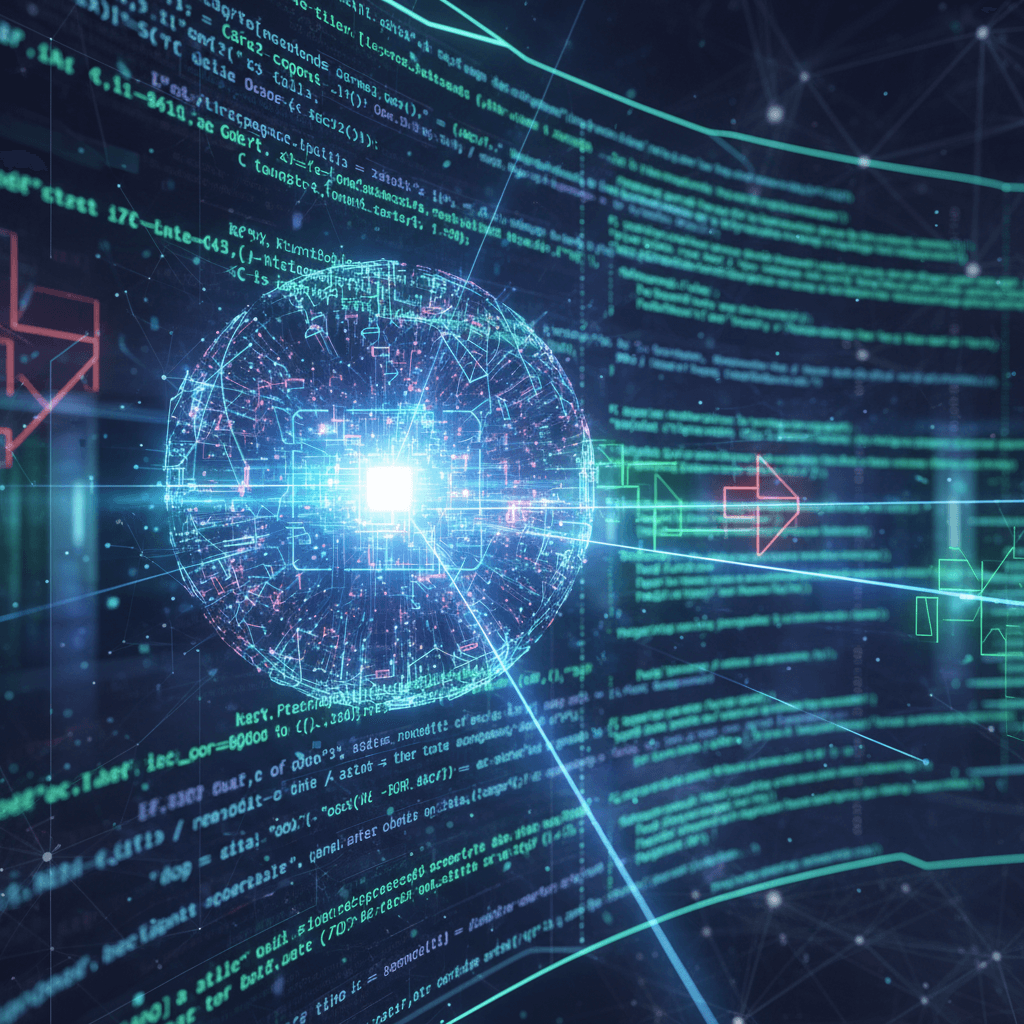OpenAI's Aardvark AI Proactively Discovers and Patches Software Vulnerabilities
OpenAI's Aardvark shifts cybersecurity from reactive to proactive, leveraging AI to autonomously find, validate, and patch software vulnerabilities.
October 31, 2025

In a significant move to address the escalating challenge of software security, OpenAI has introduced Aardvark, an autonomous AI agent designed to automate the discovery and remediation of security vulnerabilities. Powered by the company's advanced GPT-5 model, Aardvark functions as an "AI security researcher," continuously monitoring code repositories to identify flaws, validate their exploitability, and propose targeted patches for human review.[1][2][3] The launch signals a major push by leading AI labs to develop defensive cyber tools, aiming to tip the scales in favor of security professionals who are increasingly overwhelmed by the speed and volume of modern software development. With tens of thousands of new vulnerabilities reported annually, the introduction of such an agent could represent a paradigm shift from reactive to proactive cybersecurity, embedding security directly and continuously into the development lifecycle.[2][4][5]
Aardvark's methodology marks a departure from traditional, often siloed, security tools.[4] Instead of relying on conventional techniques like fuzzing or simple pattern matching, the agent employs sophisticated, large language model-driven reasoning to understand code with a depth that mimics a human expert.[2][4] Its process is multi-staged, beginning with a comprehensive analysis of an entire code repository to build a contextual threat model, essentially learning the project's security objectives and design.[1][6] Following this initial assessment, Aardvark scans every new code commit for potential vulnerabilities. When a potential flaw is identified, the agent attempts to reproduce and validate the exploit within an isolated sandbox environment to confirm it represents a genuine threat and to reduce the noise of false positives.[6][5] Finally, leveraging OpenAI's Codex engine, Aardvark generates a suggested patch, which is then presented to developers for review and implementation, ensuring a human remains in the loop.[1][6]
The initial performance metrics reported by OpenAI suggest a high degree of efficacy. During internal testing on benchmark repositories containing known and synthetically introduced bugs, Aardvark successfully identified 92% of the vulnerabilities.[1][2] Beyond the lab, the agent has been running continuously on OpenAI's own internal systems for several months, where it has reportedly surfaced significant vulnerabilities and uncovered complex issues missed by other tools.[6] Perhaps more impressively, when applied to external open-source projects, Aardvark has already discovered and assisted in fixing multiple security issues, ten of which were serious enough to be assigned official Common Vulnerabilities and Exposures (CVE) numbers, underscoring its real-world impact.[4][6] This "defender-first model," as OpenAI calls it, aims to seamlessly integrate into developer workflows on platforms like GitHub, strengthening security without impeding the pace of innovation.[1][7][3]
The launch of Aardvark places OpenAI within a burgeoning field of AI-driven cybersecurity, with competitors like Google, Microsoft, and Anthropic also developing similar automated security agents.[8] This industry-wide trend is a direct response to the dual nature of AI, which can be used by malicious actors to create more sophisticated attacks just as it can be used for defense.[9] The core problem these tools aim to solve is scale; manual code reviews and traditional automated scanners are struggling to keep pace with the sheer volume of code being written and deployed.[8] An autonomous agent that can work tirelessly to find and flag vulnerabilities could free up human security experts to focus on more complex, strategic threats.[4][10] However, the rise of these powerful AI security tools also introduces new challenges and risks. Concerns within the cybersecurity community include the potential for adversarial attacks, where malicious actors could manipulate the AI's training data or inputs to deceive the system.[11] The "black box" nature of complex AI models can also make it difficult to understand their decision-making process, creating challenges for auditing and accountability.[12][9] Furthermore, an over-reliance on any single automated tool could create a false sense of security, while data privacy remains a concern given the vast amounts of code these AI systems must process.[11]
In conclusion, OpenAI's Aardvark represents a formidable and sophisticated advancement in the application of AI to cybersecurity. Its ability to autonomously reason about code, validate exploits, and generate patches offers a promising solution to the relentless pressure faced by software developers and security teams. The agent's strong initial results and its successful identification of real-world vulnerabilities highlight its potential to significantly bolster defensive capabilities across both enterprise and open-source ecosystems.[1][6] While it is currently in a private beta to refine its capabilities, its introduction is a clear indicator of a fundamental shift in the security landscape.[1][13][7] The ultimate success of Aardvark and similar AI agents will depend not only on their technical prowess but also on the industry's ability to address the inherent risks of such automation, ensuring these powerful new defenders are themselves secure, transparent, and effectively integrated into a comprehensive, human-led security strategy.
Sources
[2]
[5]
[6]
[8]
[10]
[11]
[12]
[13]